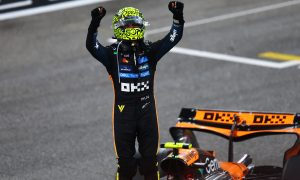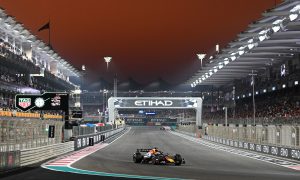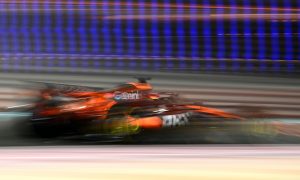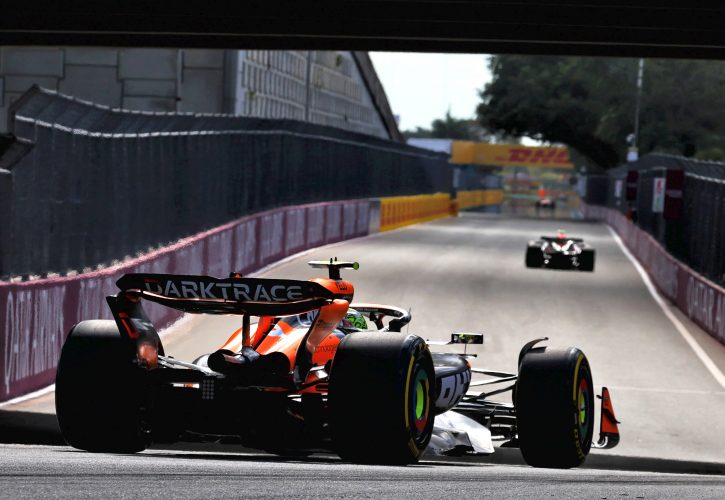
As a street-track spectacular, the Miami International Autodrome features three long straights and an equal number of DRS zones that offer a good opportunity to showcase a car's top speed.
Theoretically, teams will settle for a lower drag configuration when setting up their car for race day, assuming an outfit favours a race spec over a qualifying spec.
Indeed, a look at the teams upgrades or changes for this weekend’s round of racing indicates many ‘circuit specific’ revisions related to front and rear wings in a bid to position a car in the medium-low downforce range consistent with Miami’s 5.412km layout.
Positioned at the end of the circuit’s long straight that links Turns 16 and 17, the speed trap registered a maximum speed in qualifying of 345.3 kph attributed to the Williams of Alex Albon.
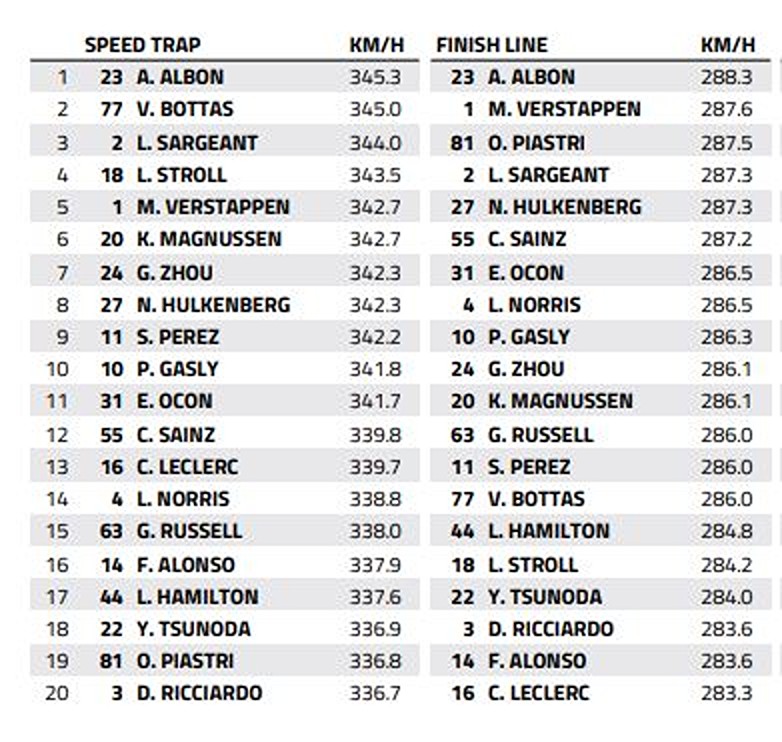
But looking more specifically at the numbers of the top two contenders – poleman Max Verstappen and runner-up Charles Leclerc – there was little to separate the pair in terms of maximum velocity.
However, according to Formula Data Analysis (@FDataAnalysis on X) always insightful breakdown, Verstappen was earlier on the throttle out of most corners while Leclerc was later on the breaks.
In the end, the Red Bull driver held a 0.141s edge over his Ferrari rival in Q3.
Based on the complexion of Saturday’s Sprint, Sunday’s race will once again be Verstappen’s to lose.
In terms of strategy, the 57-lap event is a classic one-stop race, with Hard (C3) and Medium (C4) compounds the outright favourites.
However, Miami’s scorching temperatures and a track the micro roughness of which has increased by 30% since last year, according to Pirelli, could throw a wrench into a few works.
Keep up to date with all the F1 news via Facebook and Twitter



